BATU CAVES AND ITS SURROUNDINGS IN 1960 - FOCUS ON BATU CAVES MURUGAN TEMPLE
BATU CAVES AND ITS SURROUNDINGS IN 1960 - FOCUS ON BATU CAVES MURUGAN TEMPLE
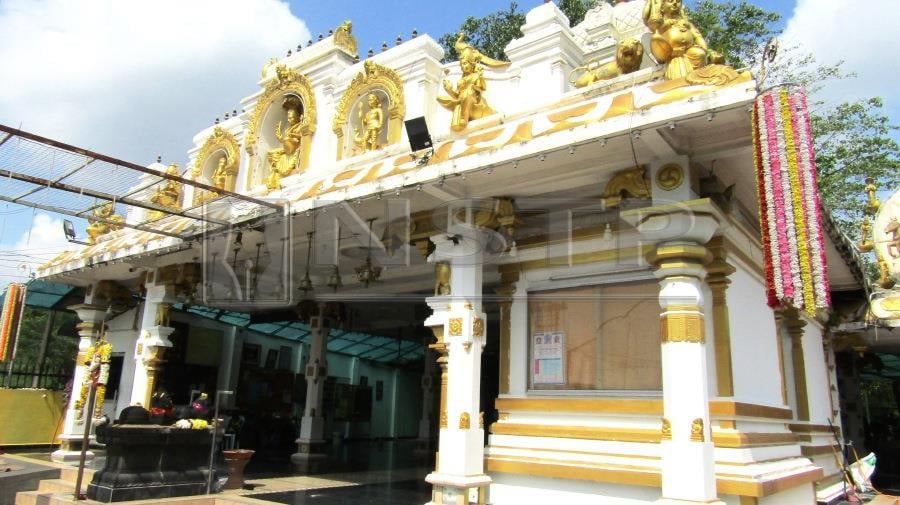
1. Sri Maha Karumariamman Muneeswarar Temple, Jalan Lahat
Dedicated to Goddess Karumariamman, this temple has an interesting history. The original wooden structure was built about 150 years ago by rubber plantation workers on its present location. During the World War II, Japanese soldiers destroyed the shrine. In the early 1990s, a man was walking through the jungle when he saw a lady dressed in a golden saree standing at a clearing. The frightened man wanted to runaway but the lady assured him that she was not an evil spirit but a goddess. She told him that her shrine had been destroyed and requested that he build a new one for her. The man dug at a spot as instructed by the goddess and found remnants of the former temple such as gold coins, a trident, anklets and copper utensils. Funds were raised through donations and the goddess’ temple was rebuilt.
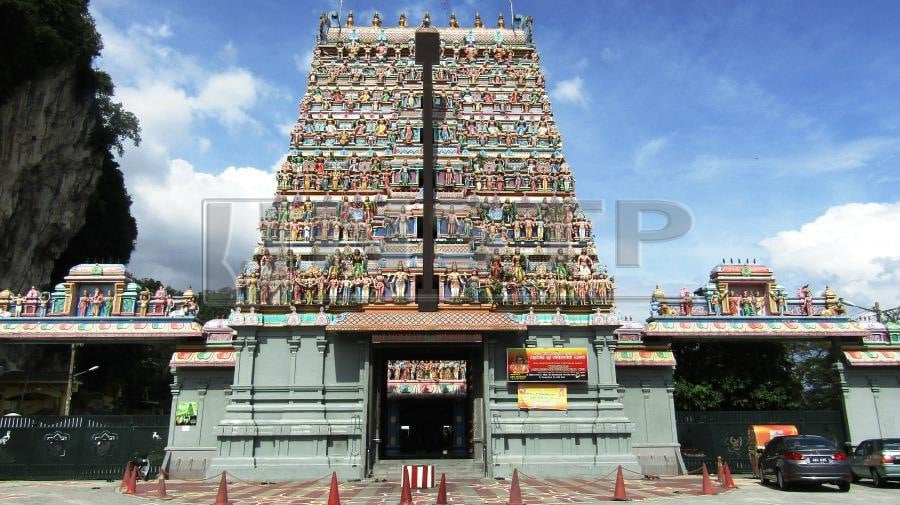
2. Kallumalai Arulmigu Sri Subramaniyar Temple, Gunong Cheroh
This temple was originally built inside a cave in Gunong Cheroh in 1889, but it was closed a few years later when a rock fell from its roof and killed a priest. A new structure was constructed in 1930 on the banks of the Kinta River and renovated in 2010. Its seven-tiered gopuram -- comprising more than 500 colourful figurines -- stabs the sky at a height of 21 metres. Inside the temple, a hallway supported by pillars and adorned with a wooden panelled ceiling leads to the shrine, where an image of Lord Murugan is installed. Apart from celebrating Thaipusam, the temple also observes Kanda Sashti on the new-moon day of the seventh Tamil month of Aippasi (usually falls in November).
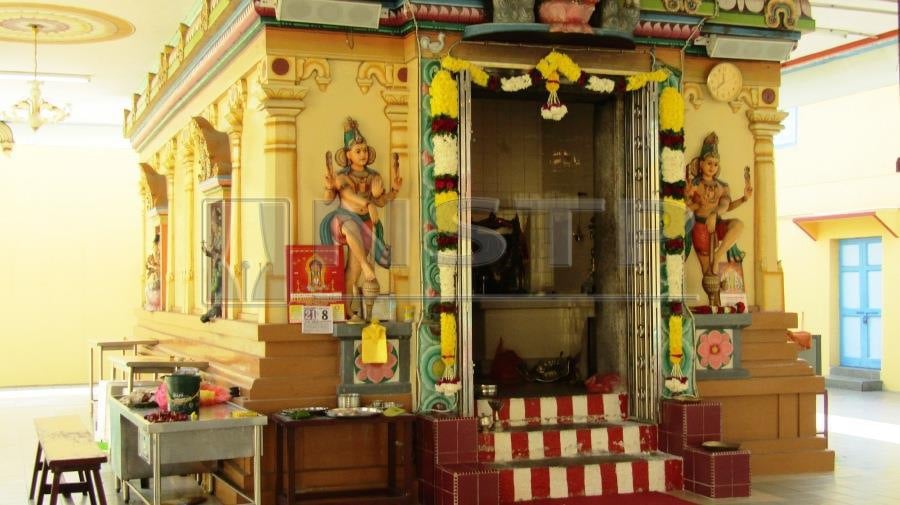
3. Sri Thandayuthapani Alayam, Jalan Lahat
Also referred to as Chettiar Kovil, this temple is located opposite SMK Methodist (ACS), and is enclosed by a brick wall. The entrance leads to a pillared hallway with a ceiling adorned with painted kolams. The temple celebrates Vaigasi Visagam yearly with a chariot procession and poojas. Devotees chant hymns in praise of Lord Murugan who incarnated from the third eye of Lord Shiva to destroy the demons Surapadman, Singamugan and Tarakasuran. The festival day falls on thenew-moon day ofthe Tamil month of Vaikasi (usually falls in May). Karthigai Deepam, also referred as 5 Festival of Lamps, is also observed. It fallson the full-moon day of Karthigai (mid November to mid-December). On this day, the temple is brightly lit and poojas are held.
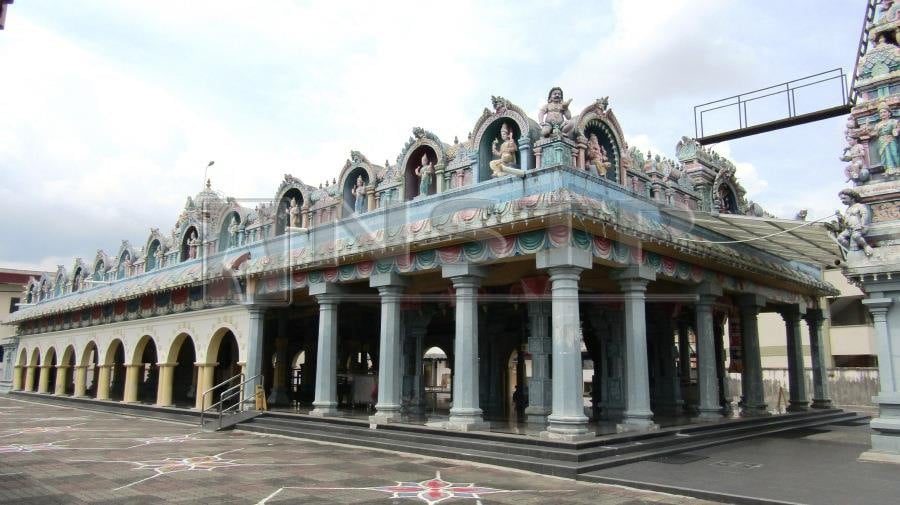
4. Arulmigu Maha Mariamman Temple, Jalan Sungei Pari
The temple was originally built in 1904 at Jalan Chamberlain Hulu and a new structure was erected in 1914 on its present site in Buntong New Village. Typical of South Indian architecture, a gopuram greets visitors and the main shrine is topped with a garbagraham. Both the gopuram and garbagraham are elaborately decorated with figurines. The main deity worshipped here is Mariamman who is regarded as the South Indian Goddess of Rain. She is also associated with fertility and the curing of smallpox and chickenpox. The temple is famous for its nine-day celebration of Navarathri, which commemorates the victory of Goddess Durga over the demon Mahishasura. The festival usually falls in September. In addition, Aadipooram is observed in the Tamil month of Aadi (corresponding to July or August) to honour Goddess Andal.
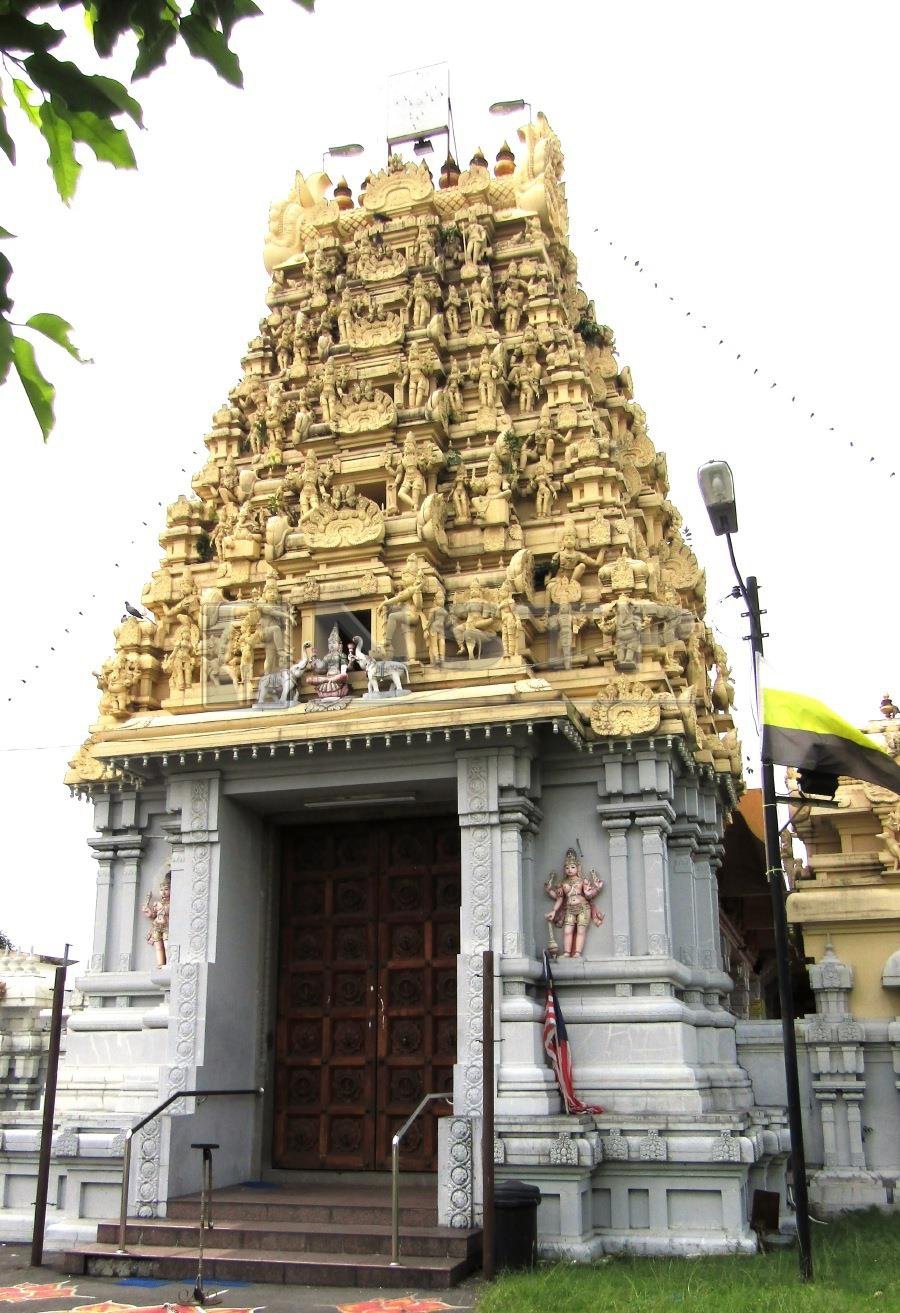
5. Arulmigu Maha Ganapathy Aalayam, Persiaran Tun Perak
Built to serve the spiritual needs of railway workers, this kovil has a 100-year-old history, and is probably the only monochromatic Hindu temple in Ipoh. In India, it is believed that the use of monochrome colours for temples started during the Chola dynasty. Today, in Tamil Nadu, monochromatic temples are mainly found in its northern districts. This temple is dedicated to Lord Ganapathy, popularly known as the Elephant God, who can confer wisdom, success and good luck to devotees. Therefore, he is also known as the Lord of Obstacles. Businessmen starting a new venture and students preparing for examinations come here to pray for success in their endeavours.
Pictures by Ewe Paik Leong
The divine creation of Lord Subrahmanya, also known as Skanda (or Kanda, in Tamil), Karthikeya or Murugan, to alleviate the sufferings of the Devas is believed to have occurred on Vaikasi Visakam. Every year, Vaikasi Visakam is observed as the birthday of Lord Subrahmanya, during the Tamil month of Vaikasi (Mid May ? June). (Visakam is one of the 27 Nakshatras).
Lord Muruga has got six faces. He casts his sight in six directions -- east, west, north, south, sky and earth. The five faces of Lord Siva along with the Face of Goddess Uma Devi became the six faces. Arumugam (Six faces) denotes Panchaatcharam, the five letters of Pranavam. The sixth face that can be visualized only by the wise men is 'Atho mugam'. The five senses lead to the sixth sense which is represented by 'Atho mugam'. Goddess Uma Devi blesses people with the comforts of this world.
Lord Siva blesses people with the comforts of the other world. But Lord Arumuga blesses people with the comforts of both the worlds. Lord Muruga, the God of Nature, directs Nature, thereby safeguarding all the living creatures in it. Let us all worship Lord Muruga, the God of Nature, the beauty incarnate and be blessed with everlasting youthfulness, wisdom and divinity by Him!